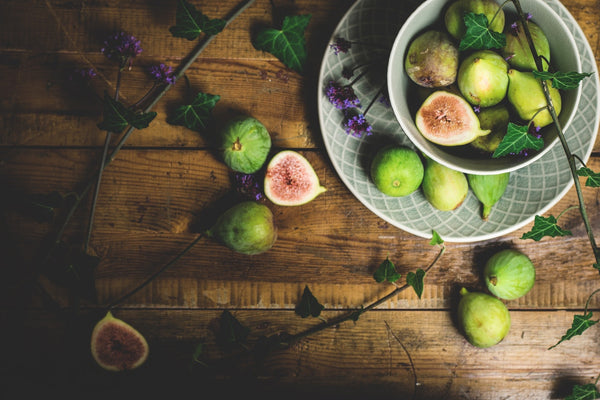Harvest season for figs is in full swing, and this is great news! However, fresh figs are hard to find in grocery stores due to their short shelf life. Most stores only carry dried figs, which are still amazing, but they aren’t as magical as fresh figs, picked right from the tree.
Luckily, figs are one of the easiest fruits to grow at home, either in a container indoors or in the ground outside. Here are a few tricks of the trade to ensure tons of large and juicy figs.
Figs Galore
For big, succulent fruit, your fig trees will need to get as much sun as possible. While fig trees can tolerate partial shade, you’ll have the best results if the trees are placed in full sun.
Container trees should be taken outside tosit in the sun during the warmer months, and placed by a large, sunny window otherwise.
In the winter, cover your tree with burlap to protect it from frost. Spread an insulating material, like mulch or pine straw, around the bases of your trees to keep the roots warm. Keep in mind that fig trees are tropical trees, so they like to stay warm.
Fig trees also like to stay dry. Avoid placing your tree in an area that’s prone to flooding or collects standing water. While fig trees will need supplemental water during the growing season, they like to stay dry in the winter and fall. Check on your soil every few days. Once its dry, about 2 inches below the surface, it’s time give your tree more water. The soil should be moist but not saturated. Trees kept in containers often dry out faster than ones planted in the ground.

Fig trees usually don’t need fertilizer, unless they’re lacking in nutrients. Trees kept in containers need fertilizer more often than trees planted in the ground. To fertilize your fig trees, give them a slow release fertilizer that’s well-balanced, like formula 10-10-10 or 8-8-8, once in the spring and once in the fall.
Pruning
Pruning your trees in the winter, while they’re dormant, greatly increase the amount of fruit they will yield. With a clean and sterile pair of loppers or hand pruners, remove any dead or broken branches. Afterwards, clear a few branches away from the center of the tree. This will allow more sunlight and air to circulate through the canopy. Remove any branches growing vertically because these hold water. Fruiting branches grow out laterally.
Remove any growths springing up from the base of the tree. These growths are known as suckers, and they will steal nutrients from the trunk of your tree. To remove them, treat them as weeds by taking a firm grip on them and pulling them upwards out of the ground.
We currently only carry self-pollinating fig varieties, so you won’t have to worry about finding a mate for your tree, or rely on nature to get pollen spread from a male flower to a female flower. You’ll have a reliable crop of figs year after year.
Harvesting
Know your harvest time. Many fig trees produce fruit that ripens in the late summer and early fall, so it’s good to know where your tree falls on the timeline. Harvest times aren’t an exact science, since fig trees in warmer climates have the potential to fruit earlier.
Figs taste their absolute best once they ripen because this is when their juices taste the sweetest. If you harvest your figs too early, they might be bitter and dry. However, you also don’t want to wait too late to harvest, or the fruit could go bad!
The trick is to wait until your figs fully turn their mature color. Some figs have shades of rust brown, some have dark purple hues, and others stay green. Also, look at the neck of the fruit: if it has a slight bend instead of sticking straight out, then your figs are ready to be harvested.
When picking your figs off the tree, gently remove the fruit from the stem. Make sure that you don’t rip the neck during this process.
Figs can be stored in a refrigerator for about a week, and they should be placed there once their skin starts to wrinkle or develop creases. If figs are dried either by sitting in the sun for a few hours or in a dehydrator, they can be stored for months.


